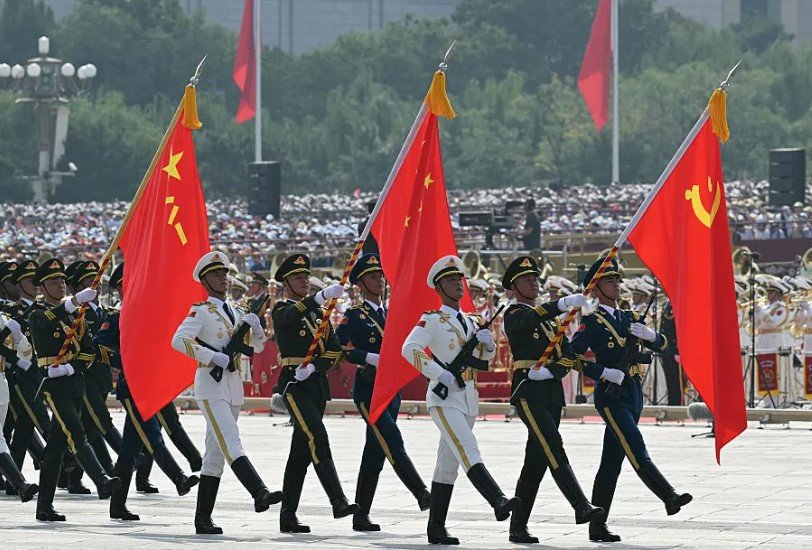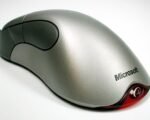Beijing turned into a stage of military might on September 3, 2025, as China held a grand parade to mark 80 years since the end of World War II. President Xi Jinping led the event at Tiananmen Square, showcasing advanced drones, missiles, and the nation’s full nuclear triad for the first time, amid rising tensions with the United States.
This display drew global attention, with thousands of troops marching and cutting-edge hardware rolling by. Experts say it signals China’s push for a stronger role in world affairs, backed by rapid tech advances in its armed forces.
Parade Highlights and Global Guests
The event kicked off with Xi’s speech, where he called China “unstoppable” in its quest for peace and strength. Crowds cheered as formations of soldiers, tanks, and aircraft passed through the square, blending history with modern power.
Foreign leaders added to the spectacle. Russian President Vladimir Putin and North Korean leader Kim Jong Un joined Xi on the viewing stand, marking their first public appearance together. This trio chatted often as the parade unfolded, sending a message of unity among these nations.
More than 20 countries sent representatives, turning the commemoration into a platform for diplomacy. The gathering highlighted shifting alliances, especially as conflicts rage in places like Ukraine and the Middle East.
Music and fireworks capped the show, but the real stars were the weapons. Analysts noted how the parade tied WWII victory themes to today’s defense strategies.
Showcased Weapons and Tech Advances
China rolled out an array of new gear, from hypersonic missiles to anti-drone systems. This was the largest such display in years, with over 10,000 personnel and hundreds of vehicles involved.

One standout was the nuclear triad, revealed in full for the first time. It includes land-based, sea-launched, and air-delivered missiles, showing China’s ability to strike from multiple fronts.
Experts point out this triad boosts deterrence, with warheads now estimated at around 600, up from previous years. The parade also featured underwater drones that can swarm seas and laser systems to zap enemy tech.
Here are some key weapons on display:
- DF-5C intercontinental ballistic missile, capable of reaching anywhere on Earth.
- YJ-20 hypersonic anti-ship missiles, designed for fast strikes on naval targets.
- High-power microwave systems to disable drone swarms from hundreds of meters away.
- Stealth drones and robot systems for unmanned combat.
These items reflect China’s focus on intelligent and hypersonic tech, outpacing some rivals in innovation.
Nuclear Triad Details
The triad unveiling stole the show, with missiles paraded from all three domains. Land units showed the JingLei-1, a long-range air-launched option, while sea forces displayed the JuLang-3 from submarines.
Air components included bombers like the Hong-6N, refueled by Yun-20 tankers in flight demos. This setup ensures China can respond to threats no matter the scenario.
| Weapon Type | Platform | Key Feature | Range |
|---|---|---|---|
| JingLei-1 | Air-launched | Hypersonic speed | Over 5,000 km |
| JuLang-3 | Submarine-based | Nuclear-capable | Intercontinental |
| DF-5C | Land-based | Global reach | Entire planet |
| YJ-20 | Maritime | Anti-ship focus | Hundreds of km |
This table sums up the triad’s core elements, based on what experts observed. It marks a leap from past parades, where not all parts were shown together.
Such capabilities worry neighbors and the West, as they could shift power balances in regions like the South China Sea.
Xi’s Speech and Historical Ties
Xi tied the event to China’s WWII role, praising the fight against Japanese forces. He warned of “peace or war” choices facing the world, without naming foes.
This rhetoric fits recent events, like trade spats with the U.S. and military drills near Taiwan. Trump, now president again, fired back online, accusing China of downplaying America’s war contributions.
Historians note the parade reframes history, positioning China as a key victor. It also boosts national pride amid economic challenges.
Global Reactions and Implications
World leaders watched closely. The U.S. Pentagon called it a sign of China’s aggressive buildup, while allies like Japan expressed concern over the missile displays.
Media outlets buzzed with analysis, saying the event projects a new world order with China at the center. It comes as global arms races heat up, with hypersonic tech becoming a hot topic.
For everyday people, the parade entertains with its scale but raises questions about future conflicts. It solves curiosity about China’s military edge by putting facts on display.
What do you think about this show of force? Share your views in the comments and pass this article to friends for more discussion.








